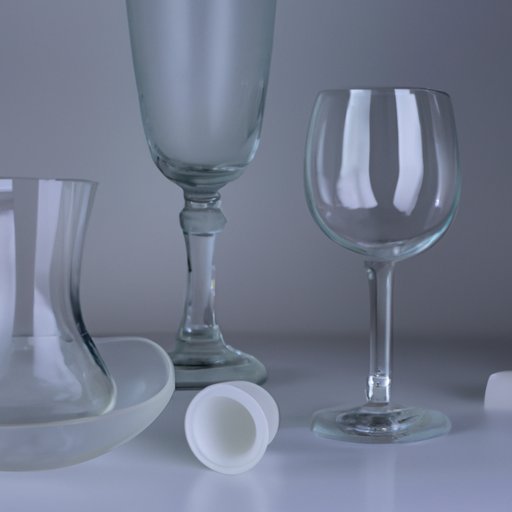Introduction
The invention of glass is one of the most important developments in human history. From ancient times to the present day, glass has been used for a variety of purposes, from architecture to art. But what exactly is glass, and when was it invented? This article will explore the history and impact of glass, from its earliest beginnings to its modern applications.
Definition of Glass
Glass is an amorphous material created by melting together silica (in the form of sand or quartz), soda ash, limestone, and other additives. It is a non-crystalline solid that can be molded into various shapes, and it is transparent to varying degrees depending on the amount of impurities present. The exact date of the invention of glass is not known, but evidence suggests that it was discovered around 3500 BCE.
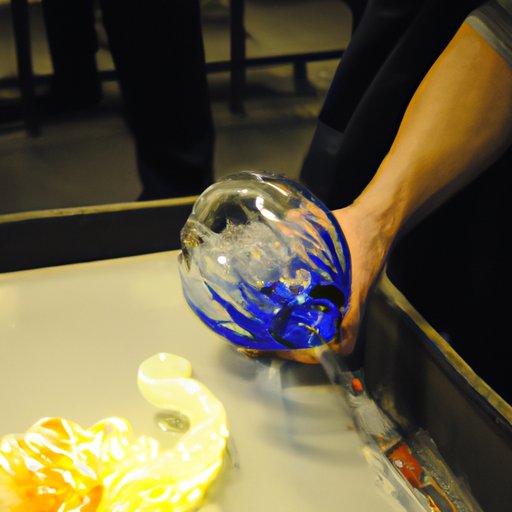
Overview of the Invention of Glass
Since its discovery, glass has been used in a wide range of applications, from windows to optical lenses. Over the centuries, the process of making glass has evolved significantly, leading to new types of glass and innovative techniques for manufacturing and design. Let’s take a look at the timeline of glass invention and how it has changed over time.
Historical Timeline of the Invention of Glass
The earliest examples of glass production date back to 3500 BCE in Mesopotamia. At this time, glass was used primarily for decorative objects, such as beads and jewelry. Around 2000 BCE, the first production of sheet glass began in Egypt. By the 1st century CE, glassblowing had become an established craft in the Roman Empire.
Ancient and Medieval Glassmaking
In the Middle Ages, glassmaking spread throughout Europe. Venetian glassmakers developed new techniques, such as cristallo, a method of creating clear, colorless glass. During this period, stained glass windows became popular in churches, and glass mirrors were also produced. By the 16th century, glassmaking had become a major industry in Europe.
Renaissance and Baroque Glassmaking
During the Renaissance and Baroque periods, glassmaking continued to evolve. New techniques for producing colored glass, such as enameling and gilding, were developed, and optical lenses were also created. In the 18th century, the production of window glass increased significantly due to advances in technology.
19th and 20th Century Glassmaking
In the 19th century, the industrial revolution revolutionized glassmaking. New machines and processes allowed for mass production of window glass, plate glass, and other types of glass. In the 20th century, the development of automated glassmaking processes further increased production, leading to the widespread use of glass in architecture, automobiles, and other applications.
In-Depth Look at the Materials Used to Create Glass
In order to make glass, several materials must be combined and melted together. The primary ingredient is silica, which is usually obtained from sand or quartz. Soda ash is added to lower the melting point of the mixture and make it easier to work with. Limestone is used to remove impurities, and other additives may be added to create different colors and effects.
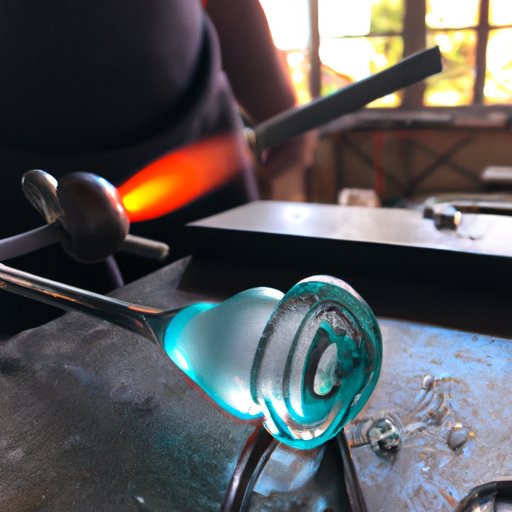
How the Process of Making Glass has Evolved Over Time
The earliest forms of glassmaking involved heating the ingredients in a crucible and then pouring the molten glass onto a flat surface to cool. This technique, known as casting, was used throughout the ancient world. In the 1st century CE, the Romans developed a new technique known as glassblowing, which allowed them to create intricate shapes and designs. This technique is still used today.
In the 19th century, the development of sheet glass made mass production of window glass possible. This process involves rolling a ribbon of molten glass between two rollers and then cutting it into sheets. Modern glassmaking techniques involve a range of automated processes, including pressing, drawing, and blowing.
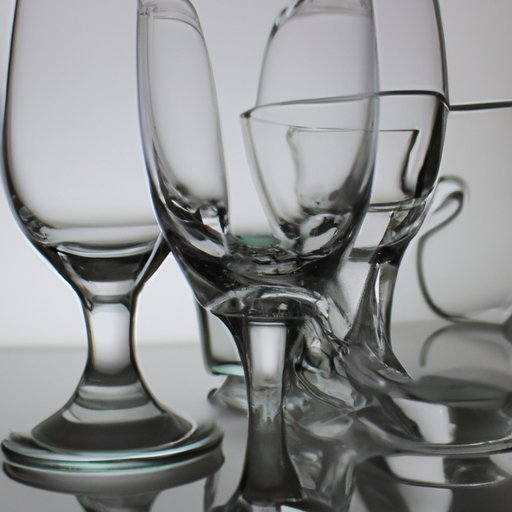
Exploring the Different Types of Glass and Their Uses
There are many different types of glass, each with its own unique properties and applications. Window glass is a type of sheet glass used in construction, while optical glass is designed for use in lenses and other optical equipment. Flint glass, also known as lead crystal, is a type of glass made with lead oxide and is often used in crystalware. Art glass is a type of decorative glass used in sculptures and other works of art.
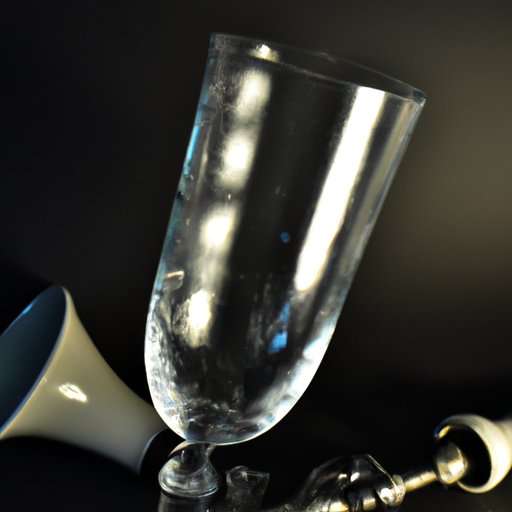
Examining the Impact of Glass on Society Throughout History
Glass has had a major impact on society throughout history. In ancient cultures, glass was used to create decorative objects, jewelry, and even weapons. During the industrial revolution, advances in glassmaking technology allowed for mass production of window glass and other products. In modern times, glass is used in a variety of technological applications, from smartphones to solar panels.
Innovations in Glass Manufacturing and Design
In recent years, there have been many innovations in the field of glass manufacturing and design. Automation has made the glassmaking process more efficient, allowing for faster production of high-quality glass products. New techniques for glassblowing have also been developed, allowing for the creation of complex shapes and designs. Finally, cutting-edge glass designs are being used to create striking visual effects in architecture and interior design.
Conclusion
The invention of glass is one of the most important developments in human history. From its earliest beginnings to its modern applications, glass has had a major impact on society. Through advances in technology and design, glass continues to be an essential material in our lives.
(Note: Is this article not meeting your expectations? Do you have knowledge or insights to share? Unlock new opportunities and expand your reach by joining our authors team. Click Registration to join us and share your expertise with our readers.)
